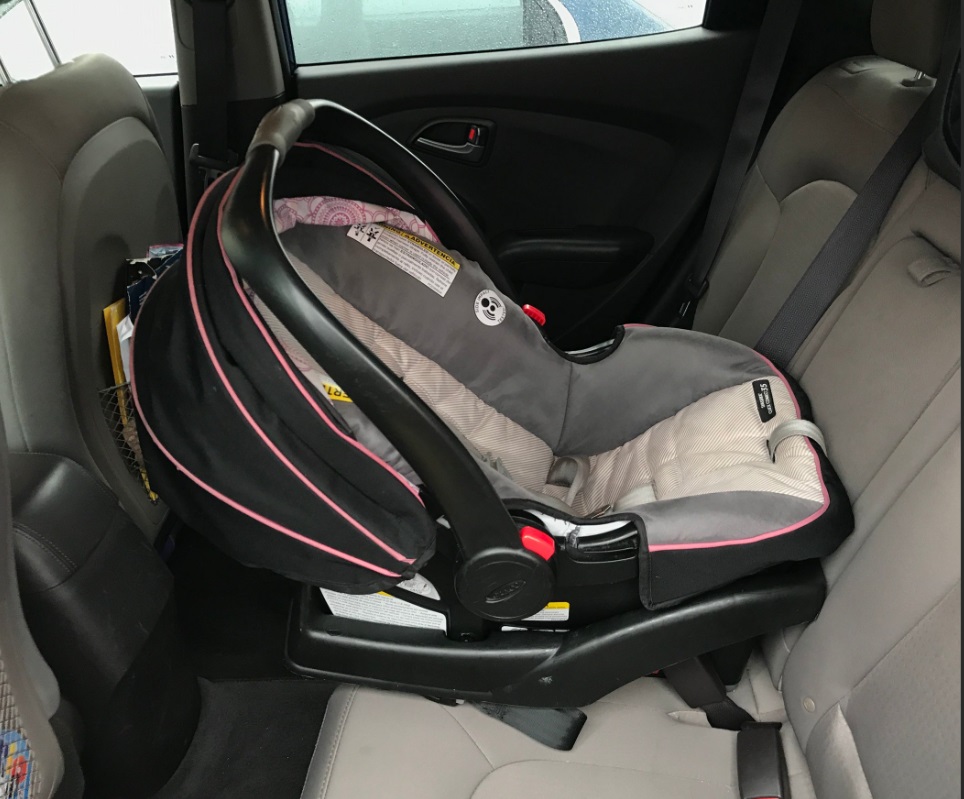
Ensuring Child Safety in Vehicles: The Essentials
The Vulnerability of Young Passengers
Children are not miniature adults. Their skeletal structures are not fully developed, making them more vulnerable to crash forces. Their bones are softer and less supportive, which means impacts can cause more severe injuries than they would in an adult. Therefore, children need additional protection and specific seating arrangements in vehicles.
The Safest Seating Position
The safest place for a child in a vehicle is the center of the rear seat, secured in a child safety seat for as long as possible. The front-right seat is particularly dangerous for children due to several factors:
- Air Bag Hazards: Air bags are designed for adults. When deployed, they can cause severe injury or even death to a child due to their force and the child’s smaller size.
- Crash Dynamics: In a collision, the driver’s instinct is often to turn away from the impact, making the front-right side more vulnerable to crashes.
- Seat Belt Fit: Standard seat belts and passive safety systems are not designed for children’s smaller bodies, increasing the risk of injury.
Why Rear Seats Are Safer
- Isolation from Side Impacts: Placing a child seat in the center of the rear seat minimizes the risk of injury from side impacts, which are common in vehicle accidents.
- Proper Fit of Safety Equipment: The rear seats often provide better support and correct fitting for child restraint systems, ensuring the child is secured properly.
Guidelines for Using Child Restraint Seats
– Keep Kids in the Back: Always place children in the back seat, away from active air bags. This is crucial for their safety.
– Center Seat Preference: Use the center seat belt to secure the child restraint seat, reducing the risk of side-impact injuries.
– Age and Weight Considerations: Follow state laws regarding the use of child restraint seats. Many states require children to be in these seats until a specific age, regardless of weight. For instance, even if a child is heavier than average for their age, their skeletal structure may still be developing, necessitating the continued use of a child seat.
State Laws and Recommendations
Different states have varying laws on child safety seats. It’s essential to know and follow these regulations to ensure your child’s safety. Some states are shifting from weight-based criteria to age-based criteria to accommodate the developmental needs of children better.
Practical Tips for Parents and Caregivers
– Consistent Use: Ensure that the child restraint seat is used every time your child is in the vehicle.
– Proper Installation: Make sure the child seat is installed correctly and that it fits well in your vehicle’s center seat.
– Extended Use: Keep your child in the restraint seat as long as it fits them properly and they are within the safety guidelines for that seat.
By understanding the unique needs of children and the dynamics of vehicle safety, parents and caregivers can significantly reduce the risk of injury in the event of a collision. Prioritizing the correct use of child restraint systems and choosing the safest seating positions can provide invaluable protection for young passengers.
Dismiss your ticket and master the art of staying ticket-free with us. Since 2007, we’ve been the trusted solution for dismissing Arizona Traffic Tickets hassle-free. Upon completing our course, your ticket charge will be dismissed, with no points on your record, and no need for a court appearance.
